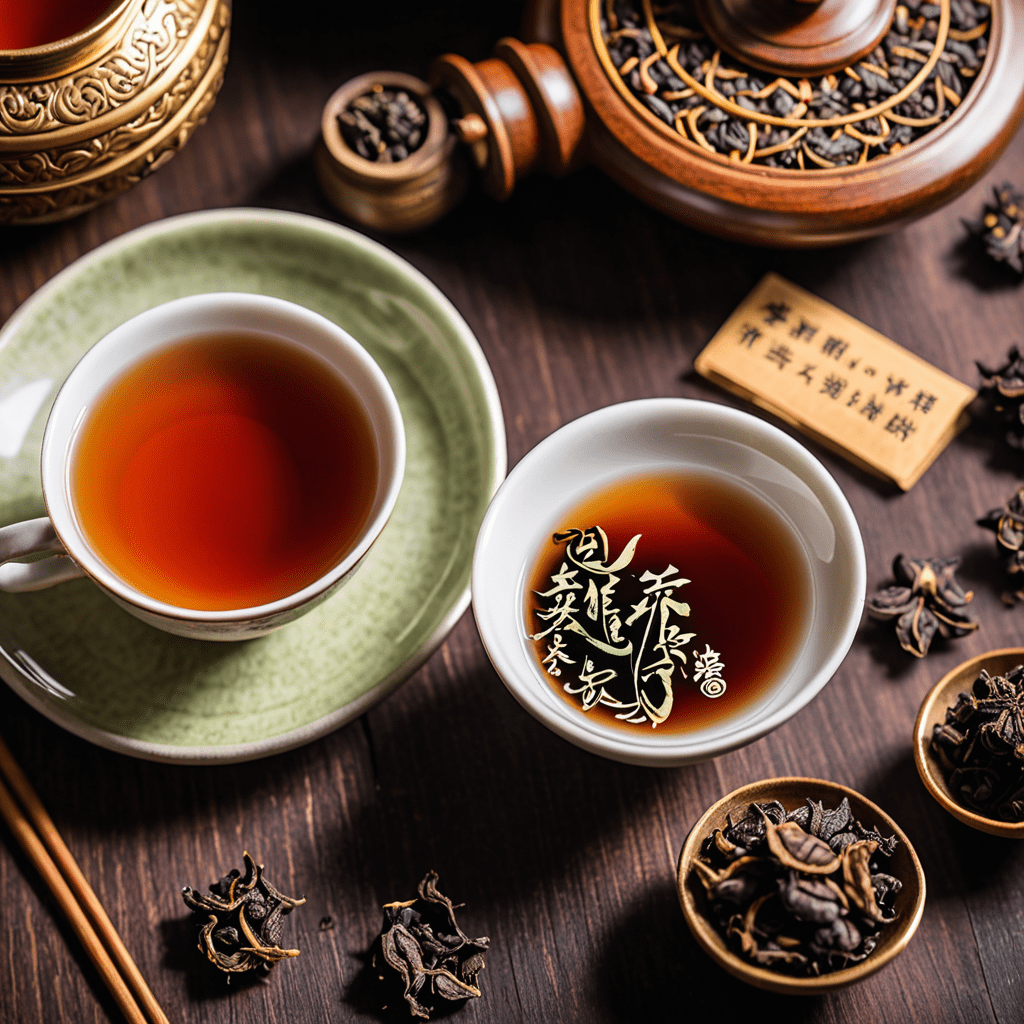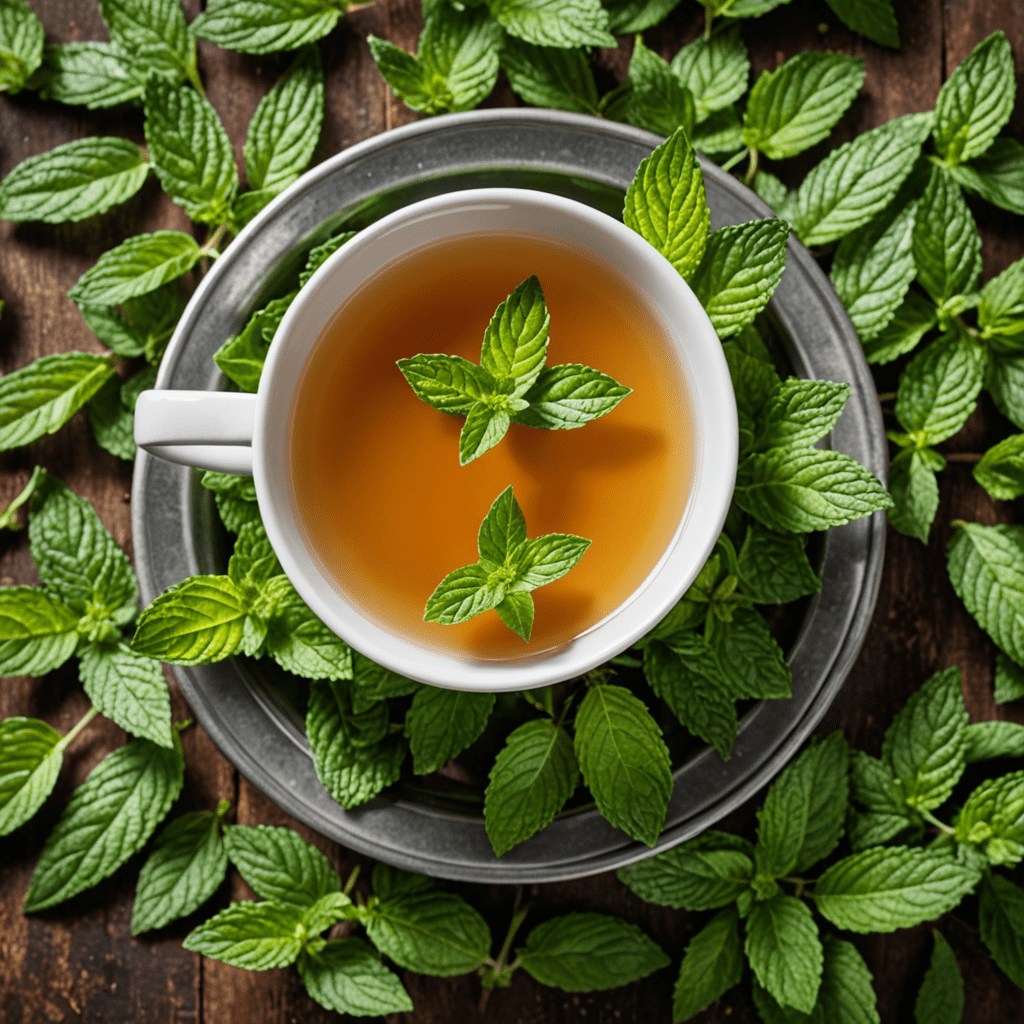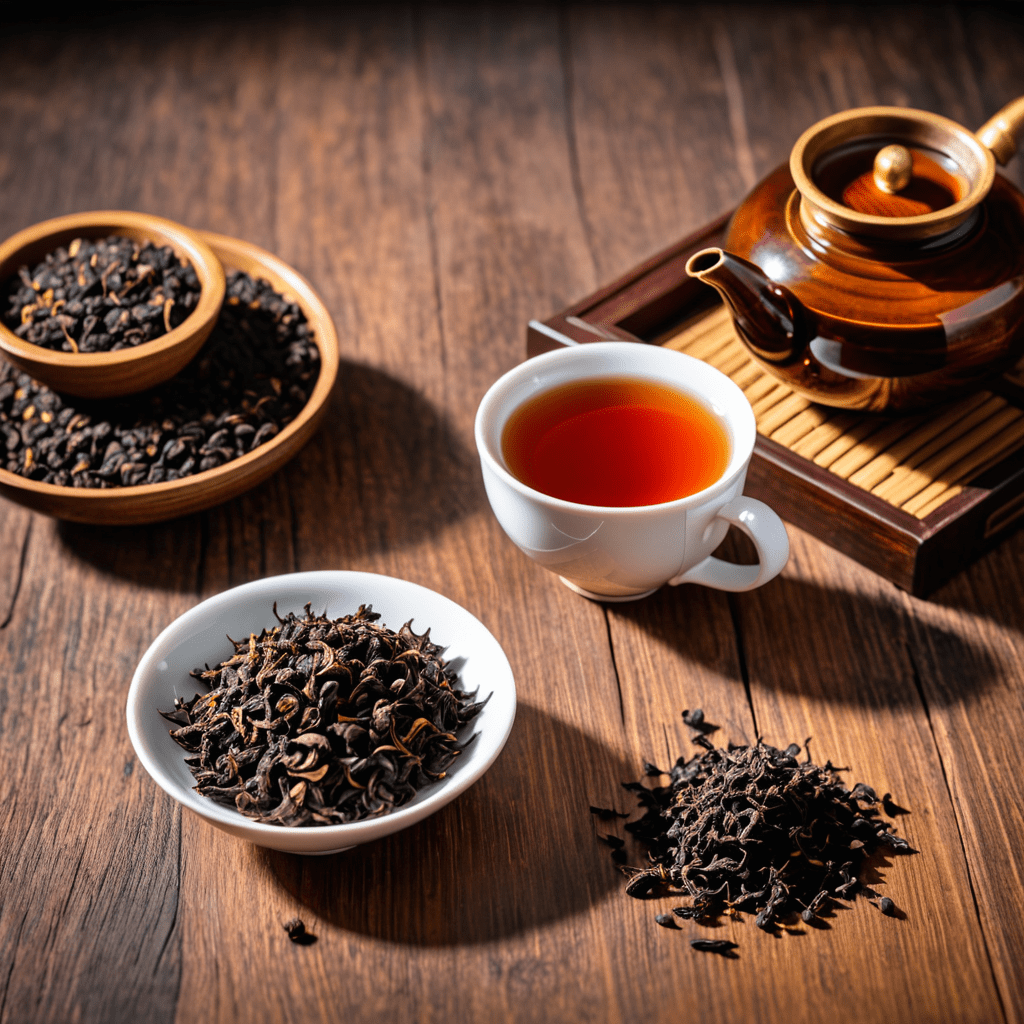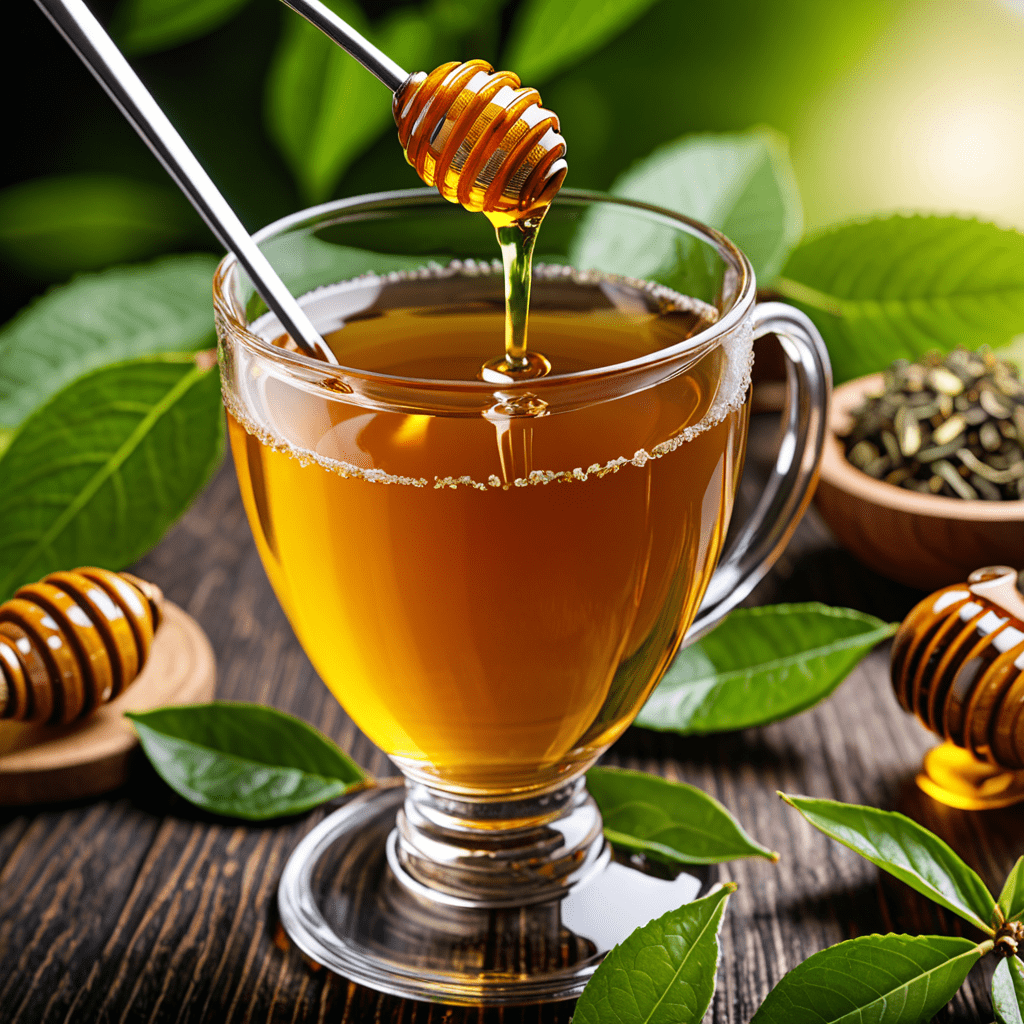
Pu-erh Tea: The Art of Tea Flavors
Exploring the Rich World of Pu-erh Tea
Pu-erh tea, a beloved beverage with a long history, offers a diverse range of flavors that captivate tea enthusiasts worldwide. This unique fermented tea originates from the Yunnan province in China and is renowned for its complex and earthy taste profiles.
The Fermentation Process of Pu-erh Tea
Pu-erh tea undergoes a fermentation process that sets it apart from other types of tea. This process involves microbial fermentation, which transforms the flavor, aroma, and overall characteristics of the tea leaves. The fermentation can be either “raw” (sheng) or “ripe” (shou), each offering distinct flavor profiles.
Raw Pu-erh Tea: Bold and Brisk
Raw pu-erh tea, also known as sheng pu-erh, is prized for its bold and brisk flavors. This type of pu-erh undergoes natural fermentation over time, resulting in a vibrant and slightly astringent taste. Raw pu-erh is often aged to enhance its complexity, with flavors ranging from vegetal and floral to fruity and woody notes.
Ripe Pu-erh Tea: Smooth and Mellow
Ripe pu-erh tea, or shou pu-erh, undergoes an accelerated fermentation process, giving it a smooth and mellow flavor profile. This type of pu-erh is known for its earthy and rich taste, often described as velvety and dark. Ripe pu-erh is beloved for its comforting and soothing qualities, making it a popular choice among tea connoisseurs.
Flavor Notes in Pu-erh Tea
Pu-erh tea offers a spectrum of flavor notes that evolve with each brew. From the initial steeping to subsequent infusions, the flavors can range from sweet and floral to earthy and nutty. The aging process of pu-erh tea further enhances its depth, adding layers of complexity that delight the palate.
Pairing Pu-erh Tea with Food
The robust and nuanced flavors of pu-erh tea make it an excellent companion to a variety of foods. Its earthy undertones complement savory dishes, while its subtle sweetness harmonizes with desserts. Whether enjoyed with dim sum, cheese, or chocolate, pu-erh tea elevates the dining experience with its versatile flavor profiles.
Conclusion: Savoring the Art of Pu-erh Tea
In conclusion, exploring the art of pu-erh tea flavors unveils a world of taste sensations waiting to be discovered. Whether you prefer the boldness of raw pu-erh or the smoothness of ripe pu-erh, each cup offers a journey through the nuances of fermentation, aging, and terroir. Embrace the complexity of pu-erh tea and savor the intricate flavors that make it a cherished beverage among tea aficionados.
FAQ About Pu-erh Tea
What is Pu-erh Tea?
Pu-erh tea is a fermented tea that originates from Yunnan Province in China. It is known for its rich, earthy flavor and health benefits.
How is Pu-erh Tea Different from Other Teas?
Pu-erh tea undergoes a unique fermentation process that sets it apart from other teas. This process gives Pu-erh its distinct flavor profile and increases its complexity over time.
What Are the Different Flavors of Pu-erh Tea?
Pu-erh tea can exhibit a wide range of flavors, including earthy, woody, nutty, sweet, and floral notes. The flavor can vary depending on the age of the tea, the region it comes from, and how it was processed.
How Should I Prepare Pu-erh Tea to Enjoy its Flavors?
To fully appreciate the flavors of Pu-erh tea, it is best to use freshly boiled water and steep the tea for the recommended time, typically between 3-5 minutes. Experimenting with different steeping times can help you find the perfect balance of flavors.
Does Pu-erh Tea Improve with Age?
Yes, Pu-erh tea is one of the few teas that can improve with age. Just


